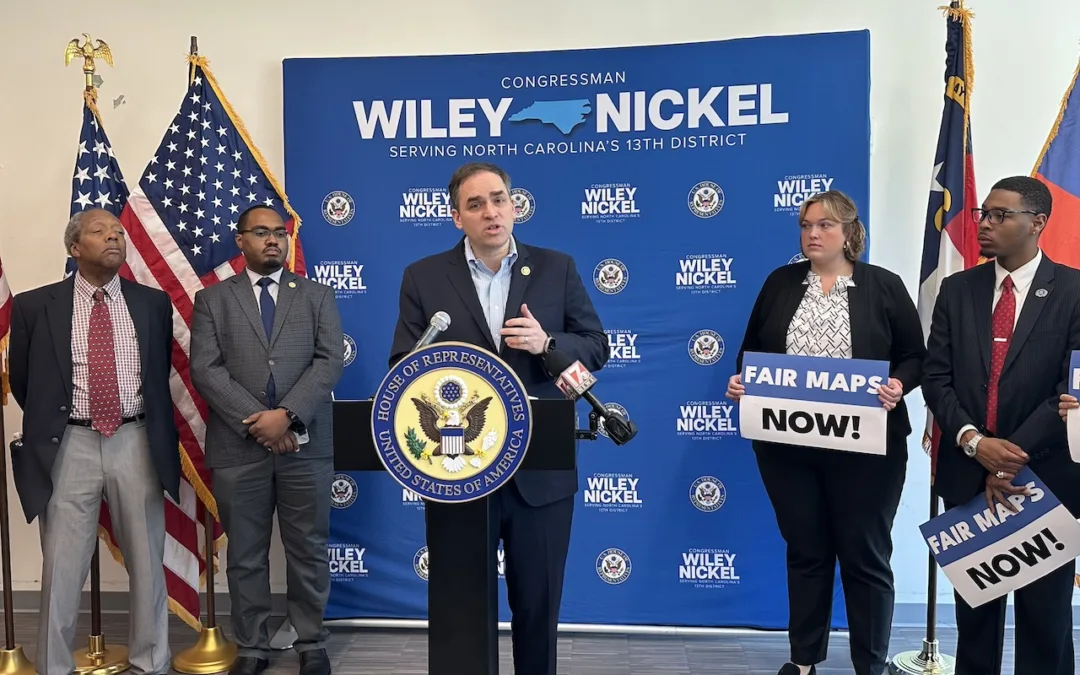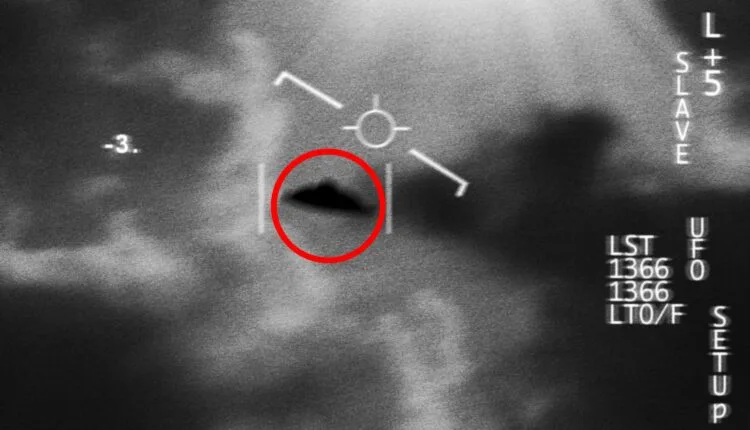
Protesters attempt to assist a woman having an asthma attack after inhaling tear gas during a demonstration in Charlotte in May. (Photo by Grant Baldwin)
Lawyers are asking a judge to extend a restraining order on Charlotte police’s use of riot control agents such as tear gas after June 2 incident.
Charlotte police deliberately funneled protesters into an ambush where they were bombarded with chemical agents, lawyers for the demonstrators said in a hearing Thursday.
On the night of June 2, two lines of Civil Emergency Unit (CEU) officers in riot gear converged on hundreds of demonstrators in uptown Charlotte and deployed Riot Control Agents (RCAs), including chemical munitions, against a crowd protesting police brutality in the wake of a Minneapolis officer Derek Chauvin’s killing of George Floyd.
Additional officers from the Charlotte Mecklenburg Police Department fired a barrage of pepper balls down onto the unarmed protesters from the second story of an adjoining parking garage.
Get Cardinal & Pine in your inbox. Sign up for the newsletter here.
At Thursday’s hearing, attorneys for a group of the demonstrators asked Superior Court Judge George Bell to extend a restraining order restricting CMPD’s use of chemical munitions and other riot control tactics, The Charlotte Observer reported, .
The original restraining order was handed down by Mecklenburg County Superior Court Judge Karen Eady-Williams on June 19, in response to a lawsuit filed by protesters represented by attorneys from the NC ACLU.
Even before the court hearing, the Charlotte City Council voted to prohibit police spending on chemical agents.
The June 2 clash, the most violent reaction of CMPD against Black Lives Matter demonstrators, was caught on live-streamed video by protesters and witnesses, including Justin LaFrancois, the publisher of Queen City Nerve, a Charlotte alternative newspaper.
‘They had no idea what they were walking into. But CMPD did.’
“They’ve thrown out tear gas, flashbangs, smoke,” LaFrancois says in the video he recorded. “We’re trapped here.”
“They had no idea what they were walking into,” Charlotte attorney Lauren Newton said of the demonstrators in Thursday’s hearing “But CMPD did.”
Lawyers for the demonstrators presented recordings of CMPD radio traffic from June 2, which was played for the first time in open court.
According to The Observer, the recordings indicate that police followed a coordinated strategy, blocking off streets to funnel the marchers’ path through uptown. Blocked by police, the protesters moved where CMPD wanted them to go.
“Hold the hard line. Let’s turn them up Trade [Street] and get this plan in action. Everybody else get in line to push them up to Trade and College,” one officer on the traffic recording said.
RELATED: Report: Charlotte Judge Threatened on Social Media After Police Misrepresent Her Ruling
The demonstrators were then herded onto Fourth Street, where another group of officers waited on the second floor of the garage.
Both groups of police were armed with the chemical munitions that were subsequently blocked by Judge Eady-Williams’s order.
On June 2 at 9:30 p.m., as the protesters were encircled, one officer called out on the recording, “Let’s do the thing that we talked about earlier.”
Then two lines of police officers sprang into position, flanking the protestors and sealing off the street. The flanking police and the overhead officers in snipers’ positions hit the crowd with a barrage of flash bangs, tear gas and pepper balls.
Police attorney Jessica Battle argued that police “acted reasonably” on June 2 in response to an unlawful assembly. Characterizing the protest as a riot as defined by state law, Battle played video in the courtroom that showed three water bottles being thrown at officers at an intersection several blocks away from the Fourth Street confrontation.
Police radio traffic played in court said officers had also been assaulted with a caustic liquid. Several officers said they had been targeted by a marcher with a laser pointer.
Attorneys for the demonstrators said that CMPD’s tactics violated both the U.S. and North Carolina constitutions. They claimed that officers faced no “imminent threat of harm,” which is required by department protocol before RCAs can be deployed.
“They drove a group of protesters through Charlotte exactly where they wanted them to go,” Charlotte attorney Alex Heroy said.
“It wasn’t happenstance that there were officers waiting on the second floor of the parking deck,” Heroy continued. “That’s inhumane. Somebody greenlighted this in advance.”
Battle countered that multiple dispersal orders had been given to the demonstrators. State Sen. Jeff Jackson, a Democrat from Mecklenburg County, wrote in his review of the June 2 confrontation, that he could hear no orders to disperse.
On June 9, Jackson released his own, in which he condemned CMPD’s tactics and use of riot control agents. Specifically, after playing recordings of the clash, he said he could hear no dispersal orders. Similarly, when Jackson interviewed multiple witnesses of the event, none of them remembered hearing dispersal orders.
Battle also cited a review of the incident by the State Bureau of Investigation that stated protesters had two avenues of escape, and were therefore not ambushed. But the language of the SBI report suggests that the escape routes were obscured by tear gas.
“Smoke was observed in both avenues of escape, but no officers are seen blocking protesters for either option,” the review said.
Eyewitnesses of the incident disputed the SBI’s findings, saying the only avenue of escape was to force open a parking garage gate to the demonstrators’ backs, and to run into the structure. Police then followed protesters into the garage and opened fire, witnesses alleged.
“We have a bunch of people walking without a permit,” Heroy said in reply to Battle’s claims . “So, we can gas, shoot and trap them? That’s not constitutionally allowed.”
Attorneys for the protesters asked Bell to extend the restraining order until the lawsuit brought by the NC ACLU and others is decided.
Battle countered that an extension of the order would be an improper court intrusion over CMPD’s operations.
The initial restraining order issued by Eady-Williams restricts the use of tear gas, pepper balls and other munitions unless police or the public “are faced with an imminent threat of physical harm” or if protesters are committing “threatening acts.”
Judge Bell said he would rule on Thursday’s hearing within the next two weeks.
Politics

This town’s response to PFAS shows how government can work
There was little federal guidance when Maysville’s water supply tested positive for dangerous ‘forever chemicals’ in 2019. So town officials acted...

Op-ed: Why we need to ban partisan gerrymandering once and for all
Some legislatures draw election maps that empower their favored voters and disenfranchise those on the other side. The “Fair Maps Act,” Congressman...
Local News

The 5 most believable UFO sightings ever reported in North Carolina
Read about five alien encounters that may forever remain unexplained. When you think of the most common places where you might hear a UFO sighting...

Good News Friday: It’s a good day to be a fan of the NC State Wolfpack
The men's and women's teams will compete for a national championship in college basketball this weekend. Plus: How to watch the solar eclipse, and...




